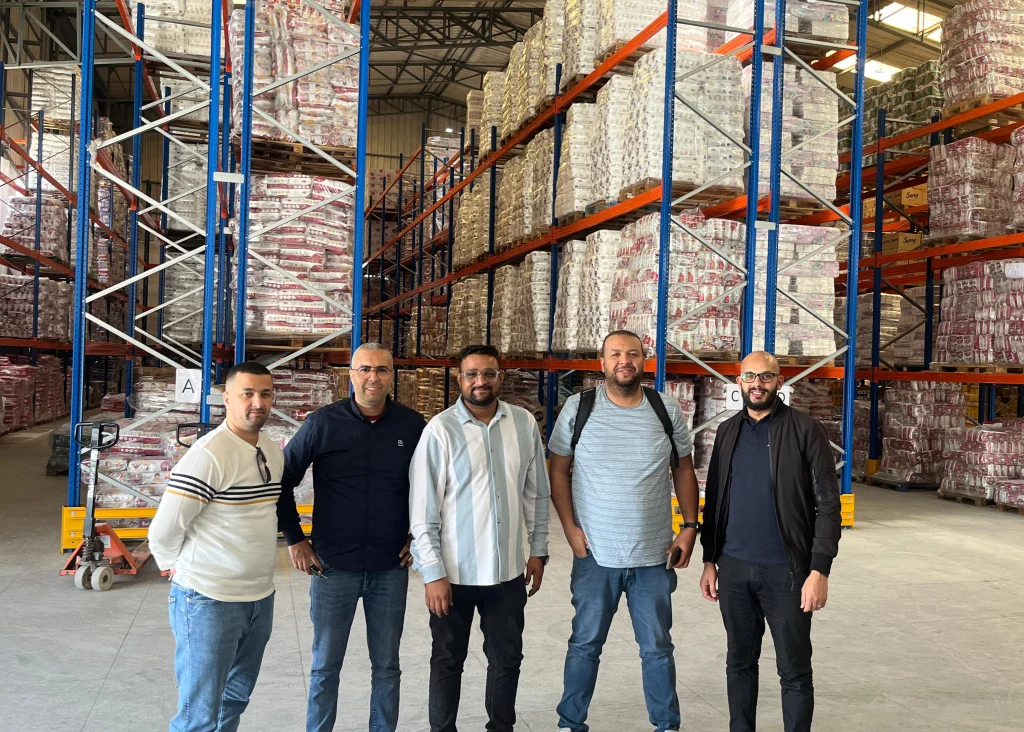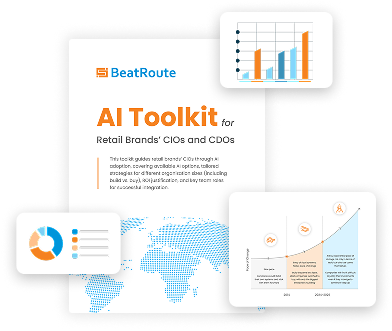Featuring: Mr. Sandeep Bansal, CIO of A-One Steels and IDC CIO of the Year 2023
Host: Nikhil Chaudhary, VP Marketing at BeatRoute
AI: More Than a Buzzword
Artificial intelligence has captured the imagination of the business world. Yet, amid all the excitement, one question remains: is AI truly transformative for enterprises or just another passing trend?
In the latest episode of the BeatRoute Podcast, Sandeep Bansal shared his views on how organizations can prepare to harness AI effectively. “AI was not new, actually. It was started from 1950s somewhere, right? But the things which is coming now is generative AI, creating imaging, visual AI. There are so many models which is coming in.”
He noted that while AI adoption is accelerating, the real challenge lies in clarity and intent. “Everybody wants to use the technology. They want to bring the technology into their ecosystem in the enterprise. But in that case, important part is there should be a ground level discussion and understanding, a brainstorming session to understand what use case or what kind of model you want to implement.”
Planning Before Implementation
Sandeep emphasized that enterprises must resist the urge to deploy AI without understanding its purpose. “We have to ensure what we want to implement, why we want to implement, and how we are going to implement so that the right ROI can be brought on the table.”
He explained that the current phase of AI adoption will be seen, in hindsight, as a period of preparation. “People will fail, they will understand the gaps, they are going to fill it, and then they will come to that maturity level. So in the next three years, this time will be taken as when they were preparing for that maturity level to get the real effect, the real outcome for the organization.”
Integrating AI with Legacy Systems
When asked how legacy enterprises should approach AI adoption, Sandeep was direct. “There is no solution which fits to all. Every organization has their reasons to have those legacy systems in place. They cannot roll it out or reinvent the wheel today because a new solution has come up.”
Instead of replacing everything, he suggested a pragmatic integration approach. “You have to see what kind of format of data is coming in and what kind of layer you have to build where all this data come and collide in one form or other form. And there, cleansing activity can be done or real-time output can be taken.”
Data Foundations and Ownership
For AI to succeed, organizations must first master their data. “AI is, know, the raw material is data because you have to train your model using the data,” Sandeep explained.
He pointed out that many organizations overlook governance and structure. “What kind of data you’re bringing in, are you allowed to bring that data or you are not allowed? You’re not supposed to give that data to the users. What kind of training you’re providing to AI? Because the data once you have provided to your AI tool, so he will be able to give the answer.”
He also stressed the importance of assigning accountability. “Now new role is coming up, the DPA role, who is basically, you know, the owner of data processing, who is owning the data. However, every function, there should be one data owner who should be before designing such kind of architecture.”
AI Governance and Ethical Use
Sandeep is also a member of the World AI Governance Foundation, and he views governance as the backbone of any AI-led transformation. “The governance is where we are ensuring the AI model which we are implementing, it should be ethical, responsible. And it should understand what information to be provided and how it has to be provided.”
He shared his experience of setting up an internal AI governance board. “I raised the point and ensure that we have an AI awareness board. I was the secretary for AI governance board and that was the reason I wanted the AI governance to be there to ensure what we are putting data into the AI, how we are training our AI model and what kind of information AI is going to provide to the users.”
Selecting the Right AI Models
One of the most practical takeaways from the discussion was Sandeep’s advice to CIOs on choosing AI models. “First of all, I cannot let the vendor take the decision of my infrastructure, right? What LLM he is going to use is not his fault, because it is my data, it is my organization infrastructure, and I have to understand what he is providing and what kind of LLM I have to use.”
He added that decisions must be made collectively, not in silos. “It is not a one man job. I will take a collective decision by bringing everybody on the table, understand what they are bringing on the table, what is the long-term and short-term benefit. Again, the same question comes in, whether they are scalable, secure.”
Transformation as a Continuous Program
Sandeep distinguished between a project and a program. “Digital transformation is a program, not a project. So difference between a project and program is that a program has multiple projects within it.”
He also cautioned against endless change requests that derail projects. “I believe most of the projects fall back because the goalposts keep on changing, requirements keep on changing at the time of delivery, at the time of implementation and end of the day where you wanted to reach you never reach to that location and you reach somewhere else.”
Final Thoughts
Reflecting on the future, Sandeep stated, “AI is going to stay, AI is going to be beneficial, AI is going to help the organization in many ways. But if we plan it properly, I think the maturity phase can be earlier than what we are thinking today.”
His perspective underlines the message that successful AI adoption requires clarity, governance, and long-term thinking — not haste.




